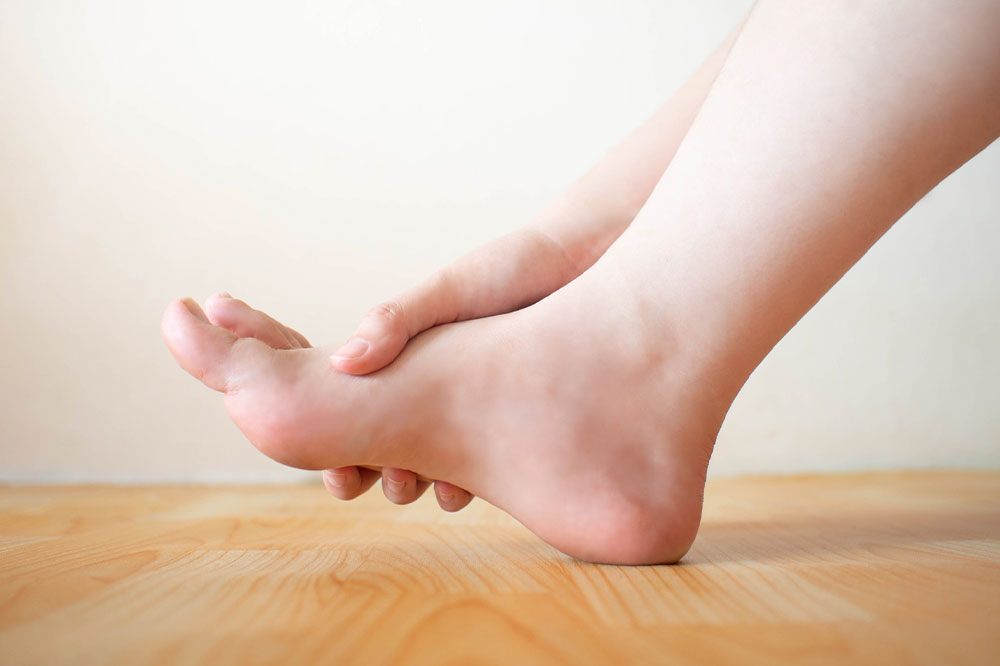
Symptoms, causes, and remedies for bone spurs
Bone spurs are an outgrowth of the extra bone. They are an outcome of an injury or osteoarthritis and can develop anywhere. Usually, they show where the bones connect and are prevalent in the spine and joints. Ideally, the bone spurs are painless and do not cause any symptoms, but they might inflame the surrounding tissue causing pain. Sometimes, the bone spur may rub onto other tissues or bones or break down the tissues.
Symptoms
Bone spurs do not show symptoms; most people only realize they have bone spurs when they get an X-ray for another condition. Bone spurs can cause pain and restrict joint motion. Specific symptoms depend on bone spur locations.
Knee
The bone spurs in the knee make it difficult to bend or extend the leg.
Spine
Bone spurs may narrow the space on the vertebrae that join the spinal cord. These bones pinch the spinal cord or its nerve roots, resulting in numbness or weakness in the legs or arms.
Hip
Bone spurs might make it difficult for you to move your hip while you feel the pain in the knee. Basis their location placement, the bone spurs can curtail the hip joint’s range of motion.
Causes
One of the most common causes of bone spurs is osteoarthritis. It is arthritis caused by prolonged wear and tear on the joints. Usually, osteoarthritis develops in older adults, but it can also start earlier if the joint endures damage from an accident, sports injury, or other causes. When you have arthritis, the cartilage at the end of the bone starts to wear out. Cartilage is the flexible tissue connecting and cushioning the bones in the joint. When the body tries to undo the damaged cartilage, it forms new bone material as bone spurs. Our spine has a springy disk that cushions every vertebra. When this disk becomes thinner or wears down over time, the spine is more likely to develop spurs.
Risk factors
Aging is one of the primary risk factors associated with bone spurs. All joints suffer at least some wear and tear. It can happen even with no apparent injuries—structural issues like scoliosis. Poor posture also amplifies the susceptibility to bone spurs. Genetic or hereditary factors may also increase your likelihood of forming bone spurs. Finally, it implies that you are more susceptible to developing bone spurs if your parent had them.
Diagnosis
A regular doctor will evaluate your bone spurs first and refer you to a specialist. You may have to visit an orthopedic doctor or a rheumatologist. Rheumatologists specialize in joint problems, whereas orthopedic doctors will take care of the musculoskeletal system. Your doctor will try to feel the joint to assess it for a bump. If they suspect anything, they will order imaging tests like X-rays to examine the bone better. Beyond this, the doctor may also recommend the following tests for diagnosing the bone spurs:
- MRI employs powerful radio waves and magnets to draw a picture of the structures and organs inside the body.
- CT Scan is a powerful X-ray that forms a detailed picture of the insides of your body.
- Electroconductive tests assess how fast the nerves send electrical signals. They can show the damaged bone spurs caused to the nerves in the spinal canal.
Treatment options
A few lifestyle changes and home remedies can help ease the bone spurs symptoms:
- Icing to lower the swelling
- Shoe inserts or supportive shoes
- Plenty of rest
When these treatment measures do not show adequate results, the doctor may also recommend the following:
Prescription pain treatments
The doctor may recommend other alternatives when OTC options do not show relief.
Physical therapy
Stretches and exercise can lower the pain, strengthen muscles around the joint, and improve the range of motion.
Surgery
If symptoms do not go even an after a year of treatment, the doctor may recommend surgery to remove the bone spurs.




